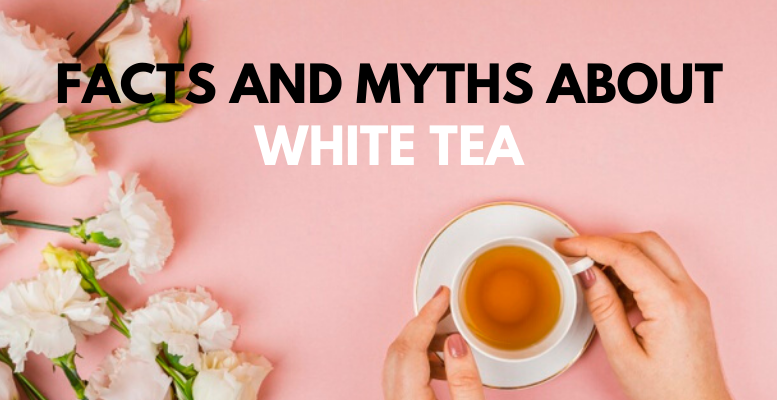Minimal processing makes white tea the most delicate among the huge varieties of tea. Harvesting of white tea starts before the tea leaves fully open up and fine white hairs are still covering the young buds. The name ‘white tea’ comes from this early harvesting of the tea leaves. The unfurled leaves and buds from the most latent growth on the tea plants are handpicked and then dried meticulously and quickly to minimize oxidation unlike in the case of tea leaves harvested for the production of black/green tea. This minimal oxidation, in turn, produces the freshest and most delicate tea that is available.
Table of Contents
A brief history of tea
Nearly every type of tea including green, white, black, oolong and pu-erh comes from the plan known as Camellia Sinensis which is an evergreen bush that is indigenous to India and China. However, from this plant, several hybrids and cultivars have evolved over time and each of these thrives in diverse geographical conditions around the globe. However, the final type of tea that reaches your teacup is dictated by the type of tea plant and the manner in which is processed. Tea was originally invented in China several thousand years ago and has spread across the globe quickly pervading the lives of rich and poor alike. White tea is, however, a more latent entrant into the world of tea.
Now for some of the myths and facts associated with white tea
Myth: White Tea is relatively new for the West
White tea was exported from China for the first time in 1891 and represents curious phenomena in as much as it is as old and young tea simultaneously. In ancient China tea leaves were sun-dried before storage for consumption later. This is also the most primitive form of white tea processing. Modern-day White Tea was initially invented in China in the year 1857 and exported globally from 1891. But, in the aftermath of the 2 world wars, white tea experienced a steep decline only to recover significantly in recent years among the Westerners in particular.
Myth: White tea is the least processed among all teas
It is true that white tea is the least cooked among all teas. Rolling and fixation are the two types that every type of tea undergoes. Fixation is achieved through the application of high heat which kills the enzymes stops oxidation. Rolling involves massaging the tea leaves to achieve various shapes. However, white tea does not undergo any of these processing stages and is left to wither for about 3 days in dormant condition and humidity, temperature and air-flow are controlled strictly so as to permit the fresh leaves to naturally mature. Conversely, higher grade green teas are often processed within the same day. In comparison to oolong and green teas, white tea undergoes significant withering. Thus, it can be reckoned as the least ‘rolled’ and ‘cooked’ but not essentially the least processed.
Myth: Least oxidised among all teas
Yes, white tea is only slightly oxidised and it is popularly known that powerful antioxidants, as well as antibacterial properties, are present in white tea because of its mildly oxidised condition. Most people, however, reckon least processed as least oxidised. But, when you look deeper, green tea is the only variety that is wholly unoxidised. This variety of tea is withered for a short time before applying high heat for stopping the process of oxidation and also eliminating the enzymes. On the other hand, white tea is withered for a relatively longer duration and therefore slightly oxidised as opposed to unoxidised.
Myth: White tea offers more health benefits compared to green tea
Green tea is known to bring a wide range of health benefits. Health benefit studies on white tea are still young and preliminary studies point to the prevention of cancer and killing off germs. However, these studies are associated with mice and therefore it could still be too early to associate White tea with specific health benefits.
Myth: Expensive and rare
Higher grade green teas are even more expensive. White tea contains more buds compared to leaves. Only small quantities of these buds area available from each plant and while Green tea has many benefits, white tea is indeed more expensive and rarer. When you consider some of the most sought after green tea from China you will find that some of them are far more expensive and rarer compared to white tea. Some of the finest green tea is so rare and expensive that they seldom make it to Western destinations.
Myth: Should be brewed at low temperatures
Brewing that perfect cup of your white tea has different versions. However, most experts recommend that white tea should be brewed at about 80 degrees Celsius similar to Green tea. But since white tea is not very delicate, brewing at higher temperature helps in bringing out the flavours better. Therefore, 90 to 100 degrees Celsius should be more appropriate.
Conclusion
You should now have a much better picture of White tea with most myths busted.

